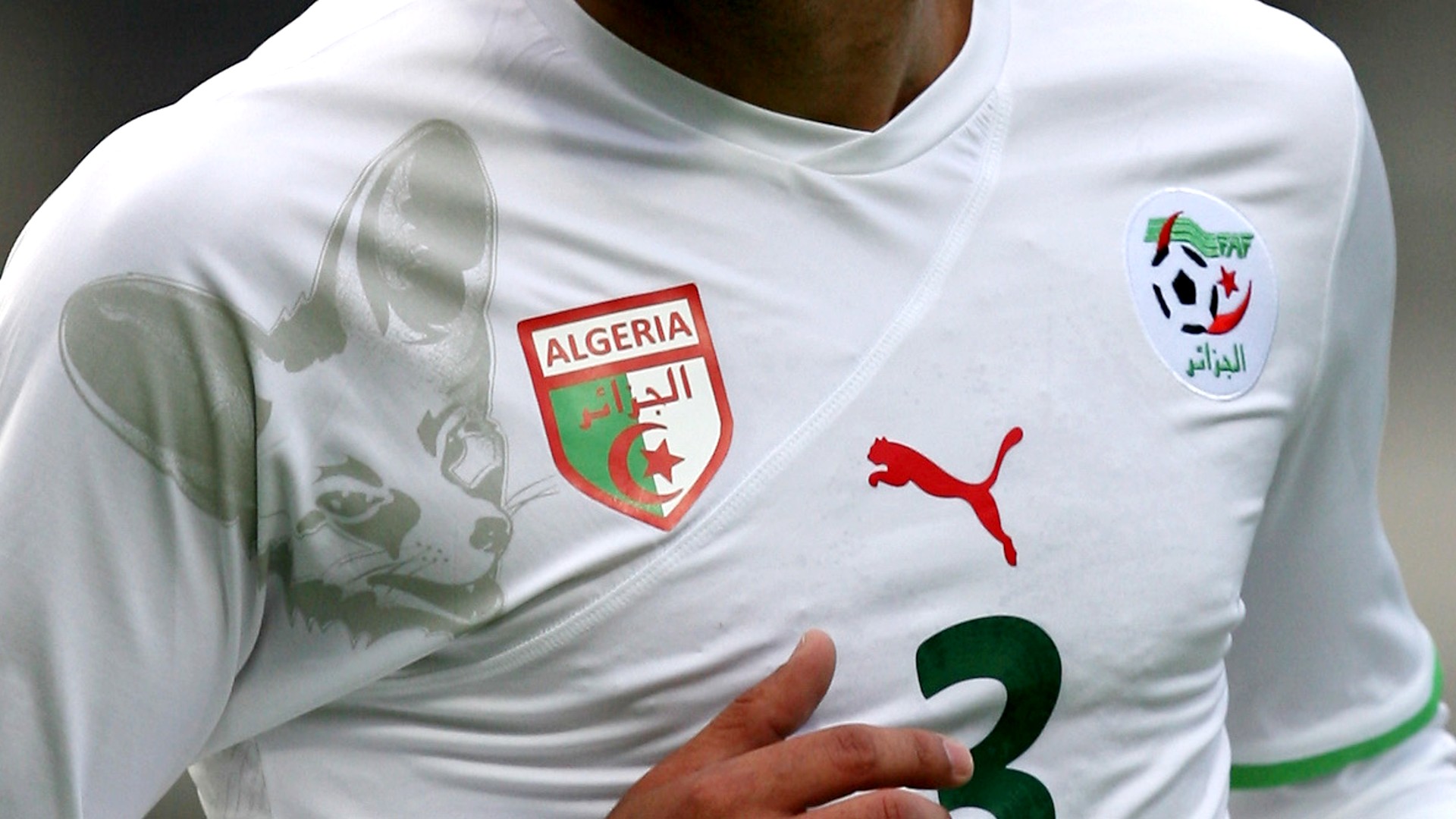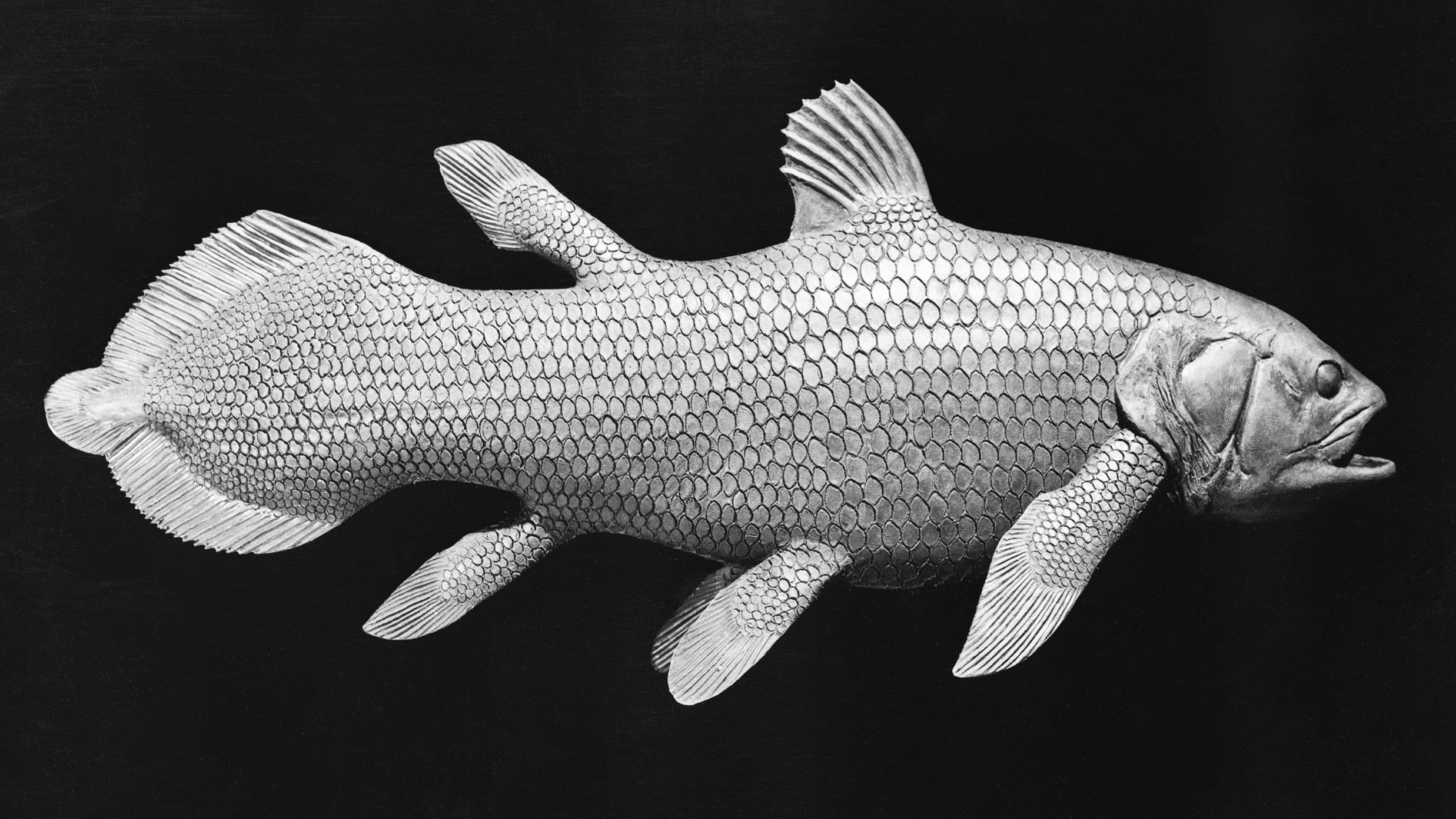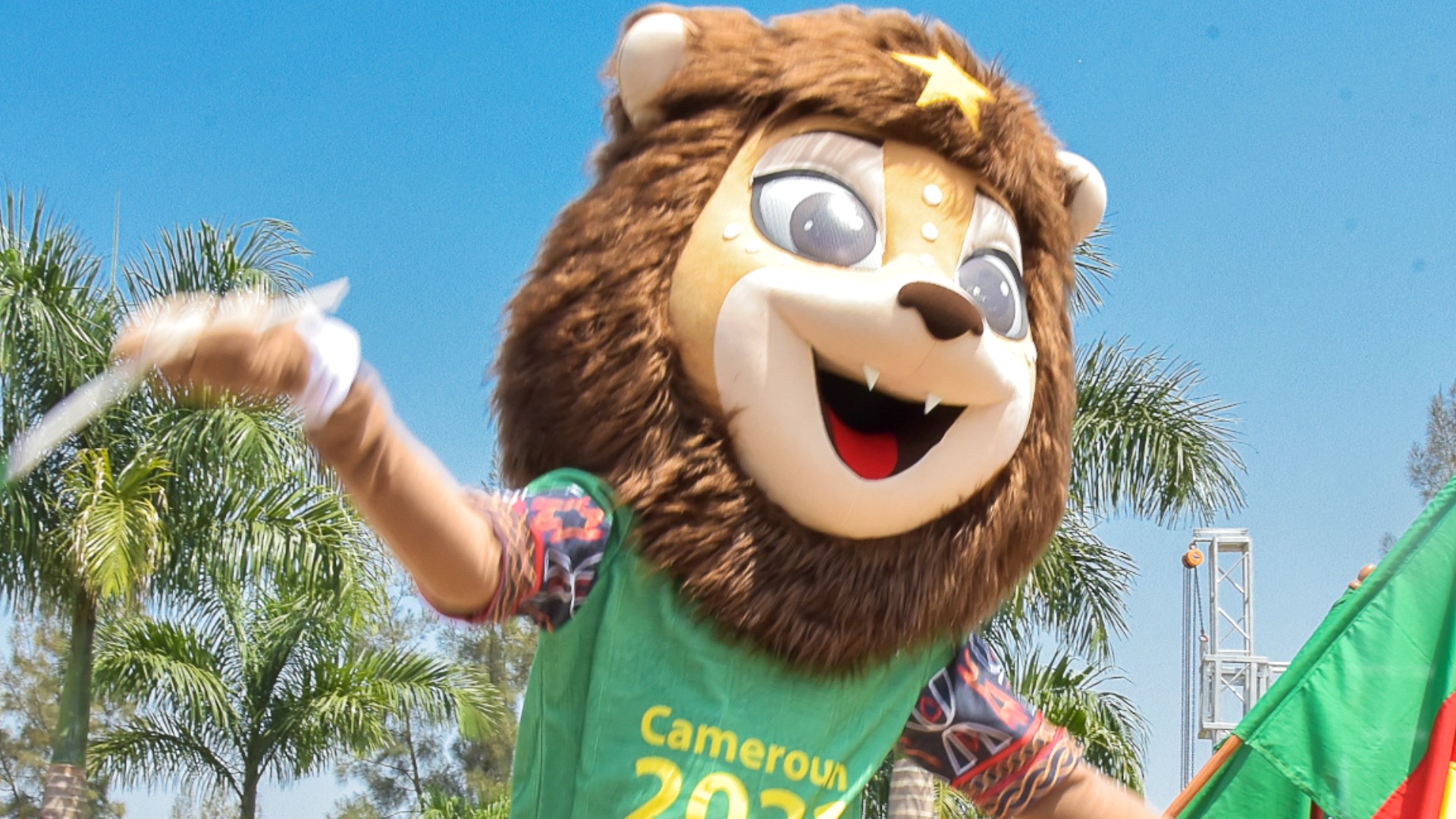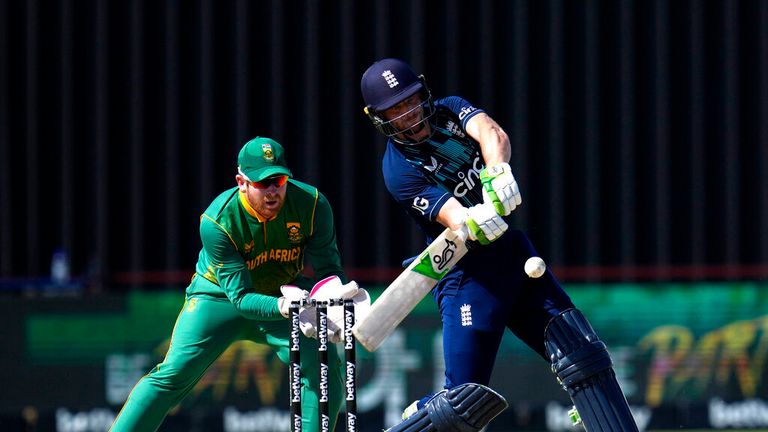AFCON 2022 national team nicknames: Explaining the origin story behind the country monikers
National team nicknames are always fascinating no matter which part of the world they originate: Those nicknames often reflect deep roots and important aspects of the culture, social setting, or the national history of the people living there.
The African confederation is home to some of the most fascinating, unique, and interesting national team nicknames in the world. Below is a quick reference guide for the nicknames of every participant followed by a breakdown of the most unique ones you are likely to see deep into the tournament.
AFCON 2022 national team nicknames by country
Here are the popular nicknames for each of the 24 participants in the Africa Cup of Nations taking place from Jan. 9 through Feb. 6 in Cameroon.
MORE: Which team will win AFCON 2022? Favorites and odds
| Country | Nickname |
|---|---|
| Algeria | Les Fennecs Fennec Foxes Desert Warriors Desert Foxes |
| Burkina Faso | Les Etalons (The Stallions) |
| Cameroon | Indomitable Lions |
| Cape Verde | Tubaroes Azuis (Blue Sharks) |
| Comoros | The Coelacanths |
| Egypt | The Pharaohs |
| Equatorial Guinea | Nzalang Nacional (National Lightning) |
| Ethiopia | Walias |
| Gabon | Les Pantheres (The Panthers) Les Bresiliens (The Brazilians) |
| Gambia | The Scorpions |
| Ghana | Black Stars |
| Guinea | Syli Nationale (National Elephants) |
| Guinea-Bissau | Djurtus |
| Ivory Coast | The Elephants |
| Malawi | Flames |
| Mali | Les Aigles (The Eagles) |
| Mauritania | Al-Murabitun (Lions of Chinguetti) |
| Morocco | Lions de l’Atlas (Atlas Lions) |
| Nigeria | Super Eagles |
| Senegal | Lions of Teranga |
| Sierra Leone | Leone Stars |
| Sudan | Falcons of Jediane |
| Tunisia | Eagles of Carthage |
| Zimbabwe | Warriors |
AFCON 2022 top nicknames explained
Cameroon: Indomitable Lions
This year’s host, Cameroon, will hope to recapture some former glory. The recognizable nickname was born out of a rebrand of sorts. Initially known as just the Lions — a nod to the regal animal which lives mostly in the semi-arid northern parts of the country — president Ahmadou Ahidjo tweaked things a bit in 1972. He changed the name to “Indomitable Lions” hoping to give the team a bit more impressive and recognizable status. “Indomitable” by definition means “impossible to subdue or defeat.”
Cameroon was once the pride of Africa through the 80’s and 90’s, highlighted by the 1982 men’s World Cup (three impressive group stage draws) and the 1990 World Cup (quarterfinal berth), plus its Africa Cup of Nations victories in 1988, 2000, and 2002. However, things have fallen flat for Cameroon of late, with corruption and strife marring the domestic league and national team over the past decade or so.
Senegal: Lions of Teranga
The Senegalese nickname runs thick with the history of the country. “Teranga” is a word in the country’s Lingua Franca, or “link language,” known as Wolof. According to NYC-based Senegalese chef Pierre Thiam as quoted by the BBC in 2020, while the official translation of “teranga” is “hospitality,” that definition is “a loose way of translating it. It’s really much more complex than that. It’s a way of life.”
Thus, the name is a nod to the country’s heritage. Lions are native to Senegal, although their numbers — like in Cameroon — have dwindled significantly. The last remaining known lion population is located in Niokolo-Koba National Park on the banks of the Gambia river.
Algeria: Fennec Foxes
While other nations like Cameroon have gone for more intimidating and imposing nicknames, Algeria has embraced a more cute and furry part of its national heritage. The fennec fox, a subspecies of fox native to the Sahara Desert, is the national animal of Algeria and thus made the perfect nickname. It even featured on the 2010 jersey featured below.
A fennec fox is known for its distinctive feature — massive ears. These serve to dissipate heat and help the fox survive in the arid climates in which it resides. Expect to hear this name regularly over the month of the tournament with Algeria being the defending champion and one of the favorites.

Tunisia: Eagles of Carthage
Like Cameroon, Tunisia has taken a well-known animal and added some flair. Carthage was the coastal capital city of the Carthaginian civilization, an flourishing ancient civilization that resided in modern day Tunisia. The city was famously sacked and destroyed by the Roman Empire, leaving ruins which can still be visited today.
MORE: The Top 10 players at AFCON 2022
The eagle reference evokes power, regality and superiority. Two other countries, Mali and Nigeria, also have nicknames that reference the eagle, but none have a direct reference to the country’s past, giving Tunisia’s nickname a unique distinction.
Egypt: The Pharaohs
While other nicknames take some research to discern their history and meaning, this one is straightforward. Egypt’s team, known for its Great Pyramids, is known as the Pharaohs, a nod to the country’s ancient monarchs.
The pharaohs were thought of as messengers from the gods and therefore had divine right to lead the people. As one of the most decorated African confederations — the continent’s first representatives at the World Cup in 1934 and winners of the most AFCON tournaments — they’ve also earned the title of monarchs in African football.
Comoros: Coelacanths
First the country: Comoros is a tiny island nation located between mainland Africa and Madagascar. Listed with a population of just over 850,000 people as of 2019, the nation consists of three main volcanic islands which when put together are about the same size as the Hawaiian island of Maui. The country shocked the African landscape by qualifying for the tournament by finishing second in Group G, finishing just three points behind Egypt and two points ahead of Kenya. This will be Comoros’s first AFCON tournament.
Now, to the nickname. Pronounced “SEEL-uh-kanth”, this massive species has an absoutely fascinating — and long — history. According to scientific classification, the Coelacanth is more closely related to amphibians and birds than it is to ray-finned fish. The six-foot, 200-pound fish was thought to have gone extinct 66 million years ago, until one was rediscovered off the coast of South Africa. They are estimated to live around 100 years, and inhabit the waters around the Comoros islands, swimming at about 2,300 feet below the surface.

Equatorial Guinea: Nzalang Nacional
While we’ve translated the other national nicknames from the local language, this one has been left in its native language, Fang, which is a Central African dialect spoken mostly in Equatorial Guinea, Gabon, and southern Cameroon. While most English versions of the name have this translated as “The National Thunder”, it actually seems to better translate to “The National Lightning.”
MORE: Premier League players at AFCON 2022
The name is a reference to the vicious storms experienced in the rainy season, which despite the tiny nature of the Massachusetts-sized nation, is completely reversed depending on your location. If you’re on the mainland, the rainy season is a more traditional March to May and/or September to November depending on the year. However, on Bioko Island, located off the coast of Cameroon but officially part of Equatorial Guinea, the rainy season is reversed, with precipitation concentrated mostly from November to March.
Ethiopia: Walias
An African federation with rich history, Ethiopia was one of three African nations to take part in the very first AFCON tournament in 1957, and it won the competition in 1962 as host. Since 1970, however, the nation has qualified for just three editions of the competition, so this is an exciting time for Ethiopia.
Interestingly, of Ethiopia’s 31 endemic species known to the east African nation, the federation chose the Walia Ibex to represent its squad, rather than the more famous — and more intimidating — Ethiopian Wolf. An Ibex is a threatened species of wild goat, with only about 500 Walias estimated to remain in the mountains of Ethiopia. However, the choice of mascot did help get the nation a sponsorship with Walia beer.
Malawi: Flames
This nickname seems boring, like your typical high school mascot, but it actually invokes a decent bit of national pride. The country itself is made up largely of Lake Malawi. The word “Malawi” is derived from the Bantu dialect known as Chewa, where the word “Maravi” means “flames.” The lake, and by proxy the country, was named as such for the shimmering effect the lake gives off when hit by the sun.
Lake Malawi, sometimes known as Calendar Lake since it is 365 miles long and 52 miles wide, represents nearly one quarter of the entire landlocked nation, so its history is critical to the nation’s culture.
Guinea-Bissau: Djurtus
Oh great, another animal we’ve never heard of. Don’t worry, this one is much cuter than a giant fish, although much more dangerous, too.
Guinea-Bissau — not to be confused with Guinea — is a tiny nation on Africa’s west coast roughly the size of Maryland. It was home to the African wild dog, otherwise known as Djurtus in the local Portuguese Creole dialect. It is closely related to a Dhole, another endangered species of wild dog that lives in Asia. Unfortunately, the Djurtu is thought to be extinct in Guinea-Bissau, with the few remaining animals scattered around the eastern part of the continent, but this vicious animal still represents an intimidating presence, while the name itself is a call to the local language.




